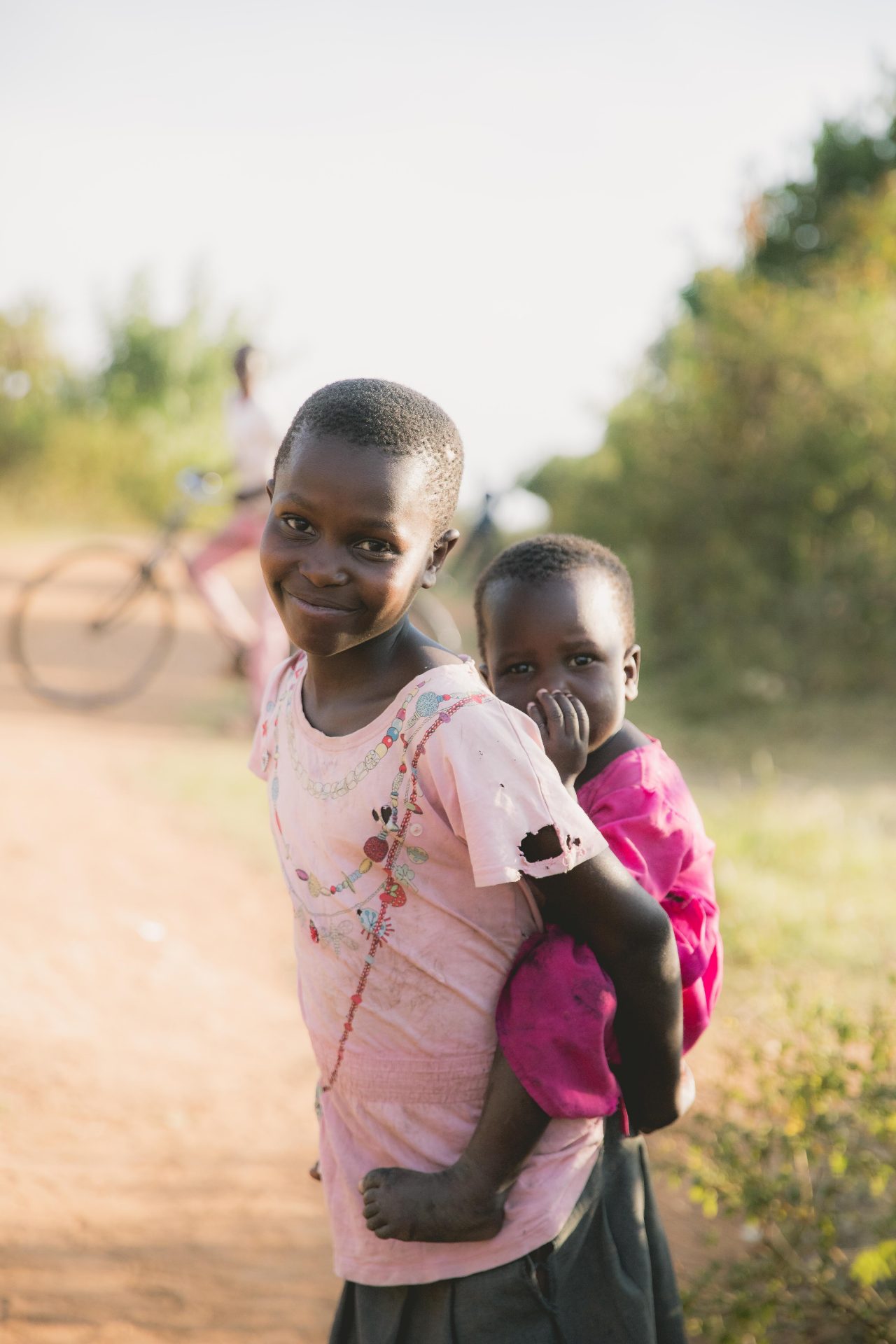- The compendium supports policymakers, advocates, and development practitioners working to integrate gender into the health policy process
Most resources thematically span the areas of family planning, HIV, maternal and child health, and reproductive health. Technical areas of support include a) conducting gender analyses and assessments, which can be used to identify gender inequities and inform new policies and programs or to assess the responsiveness of current policies and programs; b) assessing and implementing institutional gender mainstreaming and budgeting to strengthen and prepare systems for the implementation of gender-responsive policies and programs; and c) developing gender-sensitive indicators and analysing health data from a gender perspective.
There are 47 tools in the compendium, organised into six sections: (1) gender analysis and assessment; (2) integrating gender in health policies and programs; (3) policy and program approaches to gender-based violence, female empowerment, and male engagement; (4) institutional gender mainstreaming; (5) gender-responsive budgeting; and (6) gender monitoring and evaluation, data, and indicators.

Gender equality’s important role in advancing health and development goals is globally recognised. International initiatives such as the Millennium Development Goals call for gender equality and the empowerment of women. Donors such as the U.S. Agency for International Development (USAID) echo this mandate and address gender throughout their investments. But putting broad mandates and goals in action can be challenging, so analysts and practitioners have designed tools to assess and integrate gender in health policies and programs.
A resource for integrating gender and health policies and programs. It can guide organisations in establishing a baseline understanding of their capacity in key policy areas, including gender; undertaking a continuous and participatory dialogue and learning process; collectively agreeing to practical standards and goals; and generating a strategic plan to reach and maintain organisational standards and goals. It also provides illustrative activities and tools for designing and delivering technical assistance to strengthen capacity in gender and health policy.
A resource for policy and program approaches to gender-based violence, female empowerment, and male engagement. This resource is designed to help UNFPA country staff increase men’s involvement in national reproductive health programs, and to develop and assess current strategies and projects. It provides a number of tools, including checklists for program planning and results, a gender equity programming framework for engaging men, and a matrix of sample outputs and indicators.
An institutional gender mainstreaming resource. This resource provides USAID program or project country offices and activity managers with a questionnaire for staff members to fill out individually that is designed to capture qualitative data regarding the different ways in which gender is integrated into the project’s activities. It can also be used as the project-wide indicator to measure and report the extent of gender integration.





